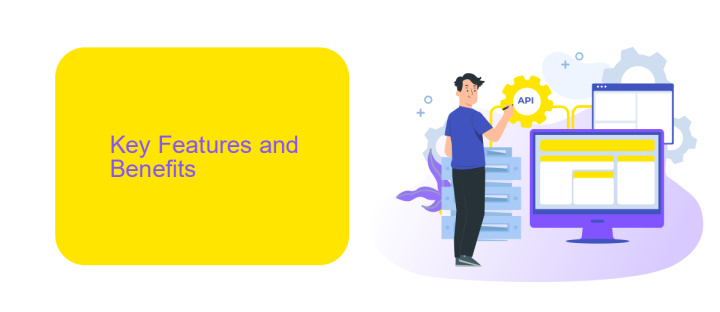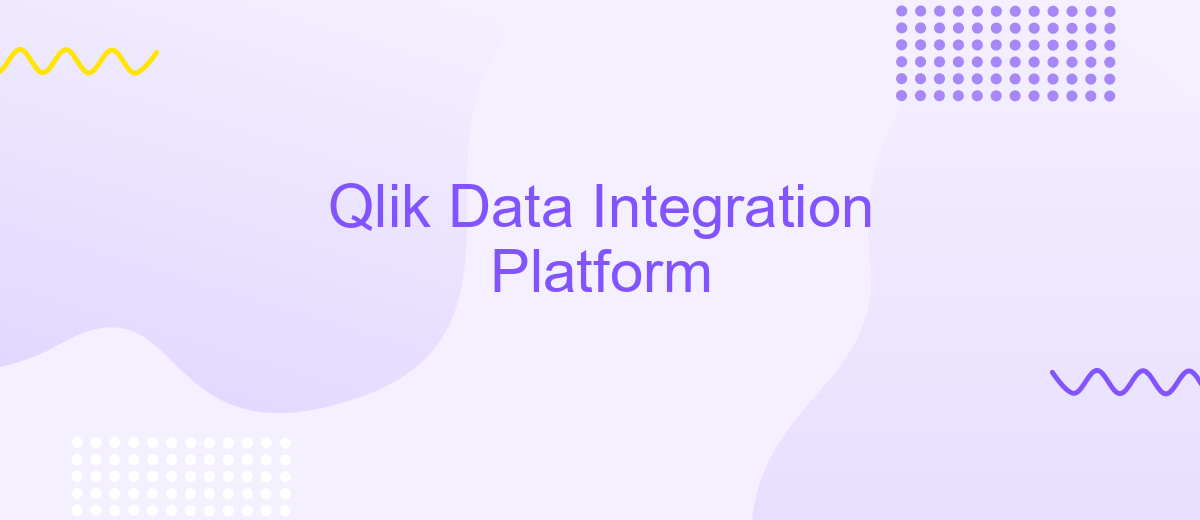Qlik Data Integration Platform
Qlik Data Integration Platform is a robust solution designed to streamline and accelerate your data management processes. By seamlessly integrating disparate data sources, it ensures real-time data availability and consistency across your organization. This platform empowers businesses to make informed decisions faster, leveraging advanced analytics and data visualization tools to drive efficiency and innovation. Discover how Qlik transforms your data strategy into a competitive advantage.
Introduction
Qlik Data Integration Platform is a comprehensive solution designed to streamline data integration processes and enhance data management capabilities. This platform enables organizations to efficiently collect, transform, and deliver data across various systems, ensuring seamless data flow and real-time analytics.
- Data Collection: Efficiently gather data from multiple sources.
- Data Transformation: Convert raw data into meaningful insights.
- Data Delivery: Ensure timely and accurate data distribution.
- Real-Time Analytics: Enable instant data analysis for informed decision-making.
One of the key features of Qlik Data Integration Platform is its ability to integrate with various third-party services, such as ApiX-Drive. ApiX-Drive simplifies the integration process by providing an intuitive interface for connecting different applications and automating data workflows. By leveraging ApiX-Drive, organizations can further enhance their data integration strategies, ensuring that all systems work harmoniously together to deliver accurate and actionable insights.
Key Features and Benefits

Qlik Data Integration Platform offers a comprehensive set of features designed to streamline and enhance your data management processes. With its robust data integration capabilities, it enables seamless data ingestion, transformation, and delivery across diverse environments. The platform supports real-time data streaming, ensuring that your data is always up-to-date and readily available for analysis. Additionally, its intuitive interface and advanced automation tools simplify complex data workflows, making it easier for organizations to manage and utilize their data effectively.
One of the standout benefits of Qlik Data Integration Platform is its compatibility with various third-party services like ApiX-Drive. This integration allows users to automate and customize their data workflows further, reducing manual intervention and minimizing errors. ApiX-Drive facilitates easy connections between different applications and data sources, ensuring smooth data transfer and synchronization. By leveraging these integrations, businesses can achieve greater operational efficiency, enhanced data accuracy, and faster decision-making processes.
Use Cases and Applications

Qlik Data Integration Platform is a versatile tool designed to streamline data integration processes across various industries. It offers robust capabilities for transforming raw data into actionable insights, making it a valuable asset for businesses looking to enhance their data-driven decision-making.
- Real-time Data Integration: Qlik seamlessly integrates data from multiple sources in real-time, ensuring that businesses have access to the most current information.
- Data Warehouse Automation: Automate the creation and management of data warehouses, reducing manual effort and increasing efficiency.
- Data Lake Management: Efficiently manage and govern large volumes of data in data lakes, making it easier to access and analyze.
- ETL Processes: Simplify Extract, Transform, Load (ETL) processes, enabling faster data preparation and analysis.
- ApiX-Drive Integration: Leverage ApiX-Drive to automate and streamline integrations with various third-party applications, enhancing the overall data integration capabilities.
By utilizing Qlik Data Integration Platform, businesses can achieve a higher level of data accuracy, consistency, and accessibility. This leads to improved operational efficiency and more informed strategic decisions. Whether it's real-time data integration or managing complex data environments, Qlik provides the tools necessary to harness the full potential of organizational data.
Technical Architecture and Components

The Qlik Data Integration Platform is designed to streamline data management and integration across various systems. Its architecture is built to handle large volumes of data efficiently, ensuring real-time data availability and consistency. The platform leverages a modular approach, allowing for scalability and flexibility in deployment.
At the core of the Qlik Data Integration Platform are several key components that work in tandem to facilitate seamless data integration. These components include data ingestion tools, transformation engines, and data delivery mechanisms. Each component is optimized to perform specific functions, ensuring that data is processed and delivered accurately and promptly.
- Data Ingestion: Captures data from various sources, including databases, cloud services, and on-premises systems.
- Transformation Engine: Processes and transforms data into a usable format, applying necessary business rules and logic.
- Data Delivery: Ensures data is delivered to the intended destination, such as data warehouses, analytics platforms, or other applications.
- ApiX-Drive Integration: Facilitates easy setup and management of integrations with third-party services, enhancing the platform's connectivity and functionality.
The platform's architecture is designed to be highly resilient and secure, ensuring data integrity and compliance with industry standards. With its robust set of components and capabilities, the Qlik Data Integration Platform empowers organizations to harness the full potential of their data, driving informed decision-making and operational efficiency.
Best Practices and Implementation Considerations
When implementing Qlik Data Integration Platform, it's crucial to start with a clear understanding of your data landscape. Conduct a thorough assessment of your data sources, data types, and data quality to ensure seamless integration. Establishing a robust data governance framework will help maintain data integrity and compliance. Utilize tools like ApiX-Drive to automate and streamline data workflows, reducing manual intervention and minimizing errors.
Another best practice is to adopt a phased approach to implementation. Start with a pilot project to validate the integration processes and identify potential challenges. Use this phase to gather feedback and make necessary adjustments before scaling up. Ensure that your team is well-trained and that there is ongoing support for troubleshooting and optimization. Regularly monitor performance metrics and make data-driven decisions to continuously improve your integration strategy.
FAQ
What is Qlik Data Integration Platform?
How does Qlik Data Integration Platform ensure data quality?
Can Qlik Data Integration Platform integrate with cloud services?
What types of data sources can Qlik Data Integration Platform connect to?
Is it possible to automate data integration tasks with Qlik Data Integration Platform?
Time is the most valuable resource for business today. Almost half of it is wasted on routine tasks. Your employees are constantly forced to perform monotonous tasks that are difficult to classify as important and specialized. You can leave everything as it is by hiring additional employees, or you can automate most of the business processes using the ApiX-Drive online connector to get rid of unnecessary time and money expenses once and for all. The choice is yours!

